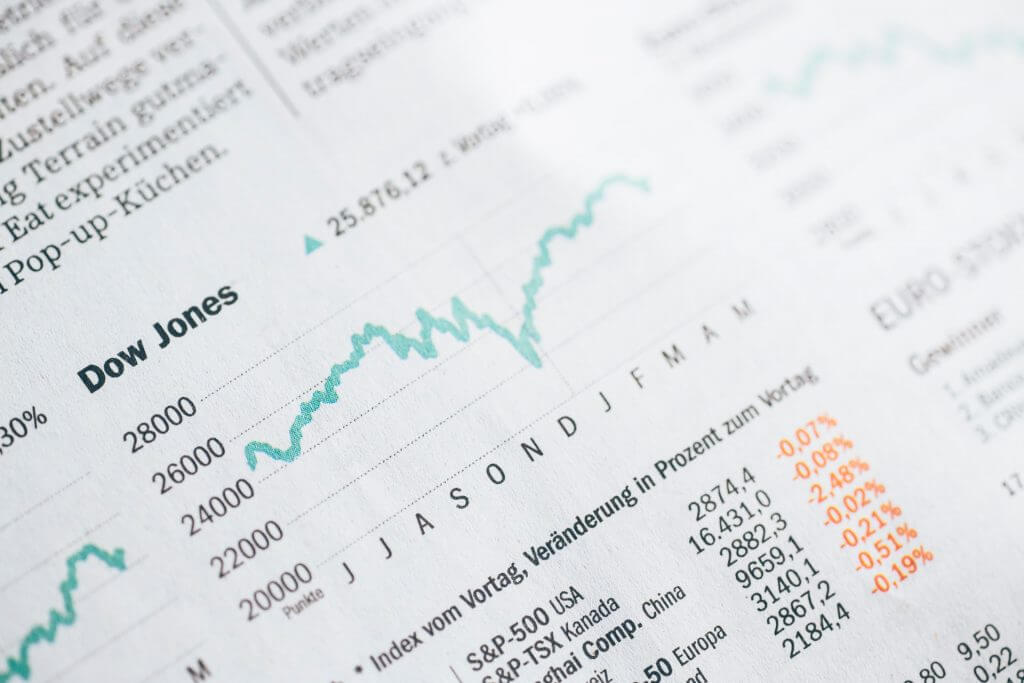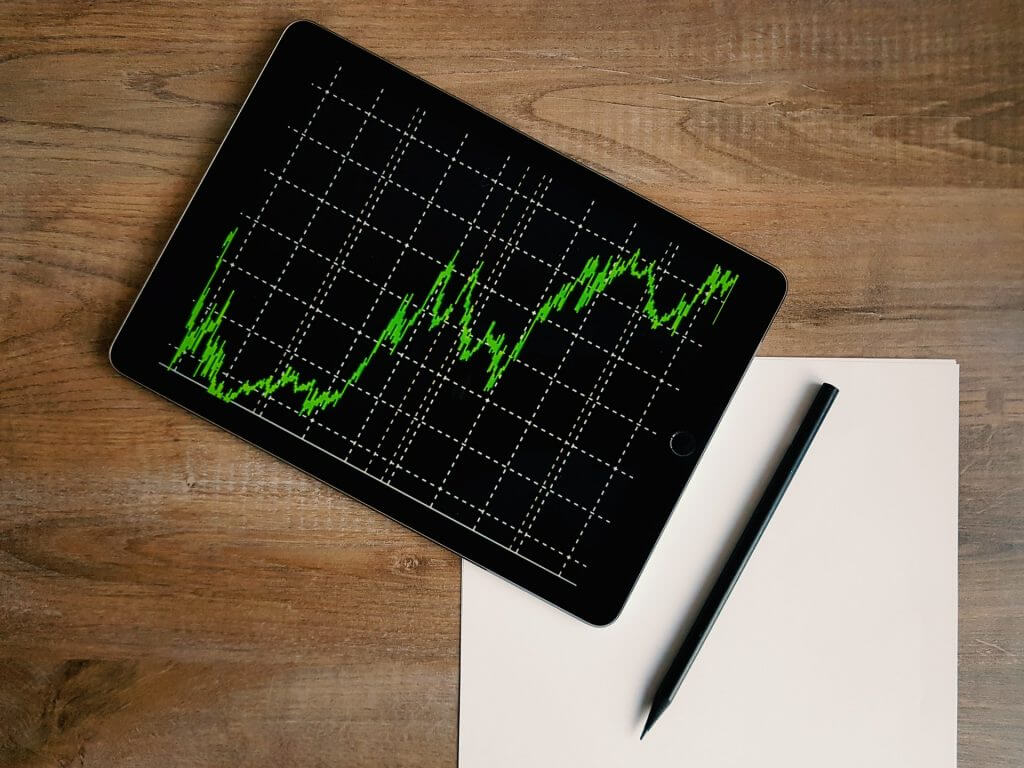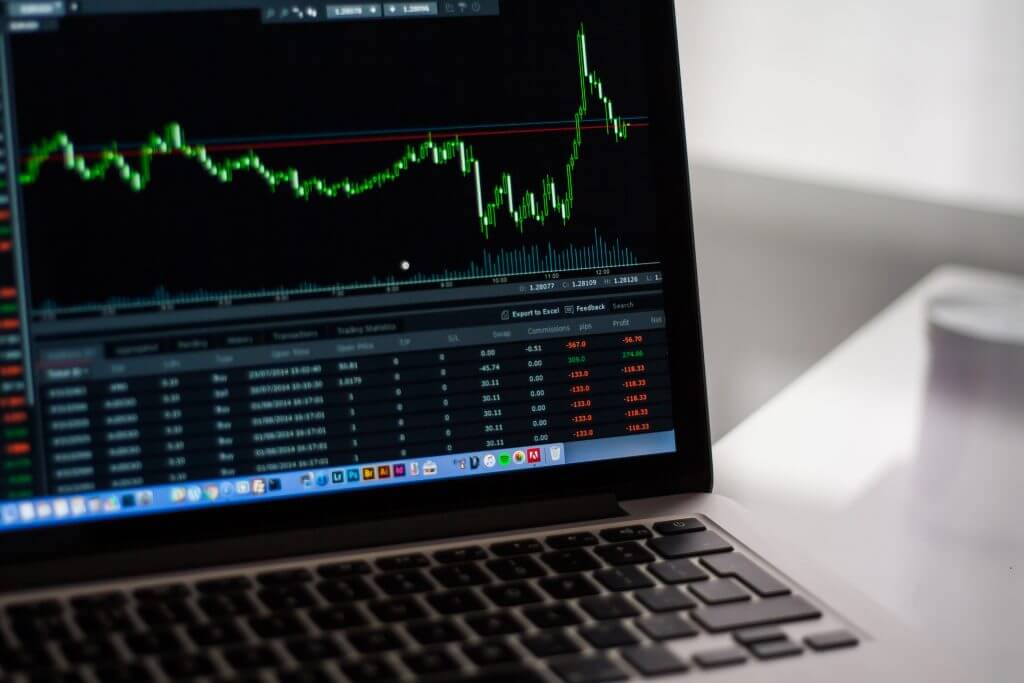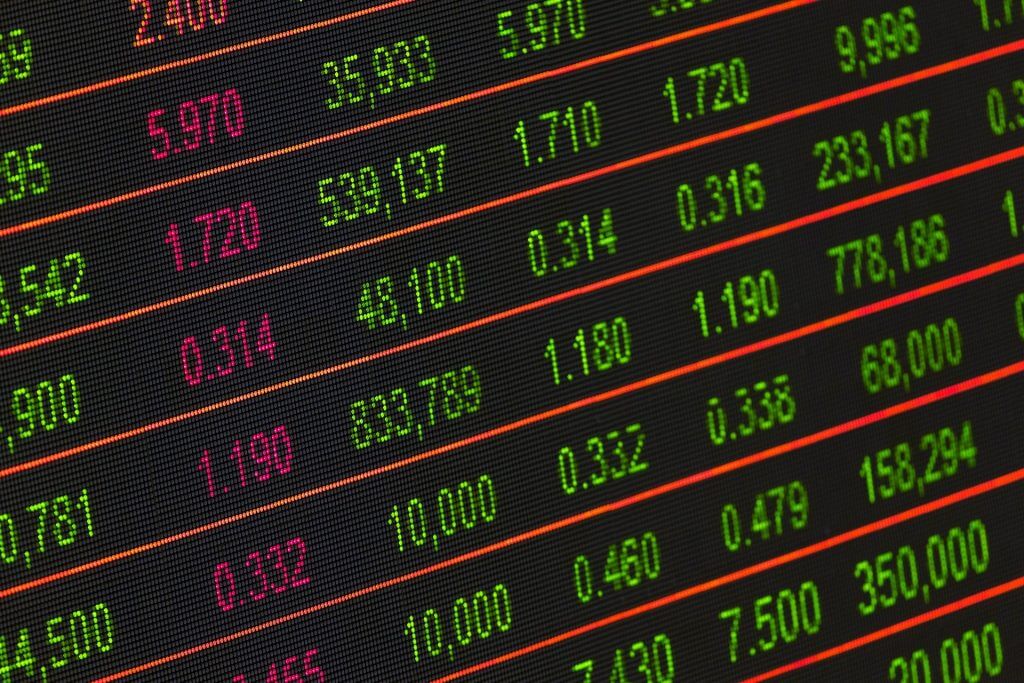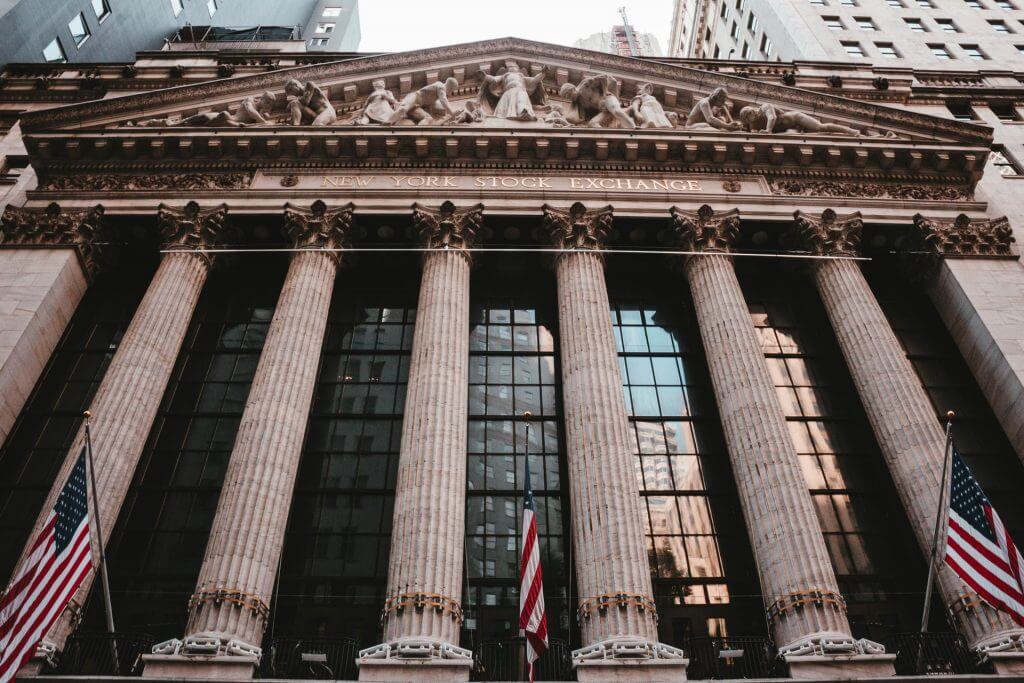“Change is the law of life. And those who look only to the past or present are certain to miss the future.”
– John F. Kennedy
November may not have included Christmas, but it certainly left investors feeling thankful. The best single month for the Dow Jones Industrial Average since 1987. The best November for the S&P 500 since 1928. The DJIA was up an eye watering 12.14% for the month, the S&P 10.95%, small cap stocks 18.17% and foreign developed markets 15.26%. At the end of October there were pockets of green surrounded by nearly equal areas of red. One month later global stock markets look like the Emerald Isle.
The four strongest sectors leading the S&P higher for the month were, in order of their performance, Energy (+25.85%), Financials (+16.90%), Industrials (+15.97%) & Materials (+12.51%). Interestingly, since 1960, there have been only three other periods when these four sectors were simultaneously up over 10% during the same two-week period, 1973, 1981 and 2008. Those prior three instances occurred either late in recessions or early in an expansion. On average the market was up 24.3% one year later. Perhaps in 2021 Christmas will be a twelve-month holiday!

Much commentary on the market has sought to explain November’s gains through the perspective of public policy responses to the pandemic such as the rolling out of vaccines, the possibility of additional stimulus or other means of encouraging economic activity but the numbers may actually be telling us the economy is not only not on life support but actually dancing. Corporate earnings in the 3rd quarter were HIGHER than those of the 4th quarter of 2019 and are now at their highest levels in history. Home sales are UP 41.5% versus a year ago and 29.1% from January. The inventory of homes available for sale has collapsed from 6.8 months in April to 3.3 in October, the LOWEST level on record going back to 1963. New orders for durable goods, a key measure for business investment, are up 43.7% from their April lows and are now just 2.2% below their February pre-pandemic levels. Behind the dark print of most news headlines lies a great deal of positive economic sunshine!
Proponents of portfolio diversification have at times in recent years felt like a traveler waiting at the station for a train whose arrival seems to be perpetually delayed. $10,000 invested in the S&P 500 ten years ago is now worth $39,447. Had those funds been invested in foreign developed markets that same $10,000 would have grown to only $17,425. Invested in the half of the S&P described as value stocks that amount of money would have grown to $28,548, not bad but significantly less than the $45,777 reward for having invested in the other half of the S&P representing growth stocks. US small cap stocks performed at a rate equal to three-fourths that of the S&P growing to $27,661. Technology stocks would have grown to $57,235 and Energy stocks would have SHRUNK to $7,676.
November delivered to investors the most dramatic change in stock market leadership since 2008. S&P value stocks were +12.88% versus growth’s +9.70% though their year to date returns are -2.07% and 28.24% respectively. The S&P’s 10.95% return for the month was exceeded by foreign developed markets 15.26% but the S&P is +14.02% versus foreign 5.33% for the year. Energy stocks were +28.03% for the month more than doubling technology’s 11.43% but the latter is +36.08% for the year while energy stocks are still in the basement -36.47%. Is the market changing its melody? Stay tuned!
Mark H. Tekamp December 2, 2020





